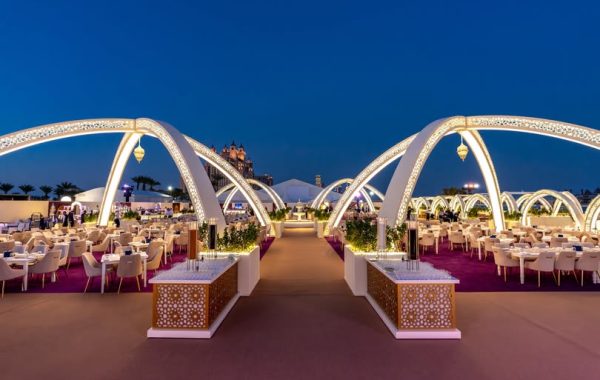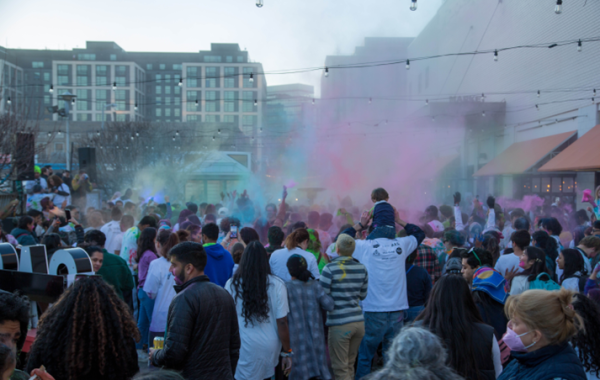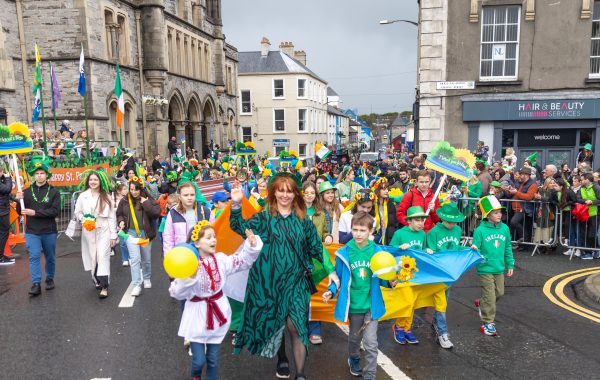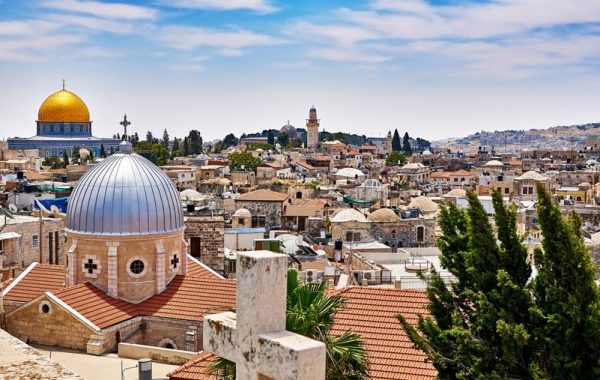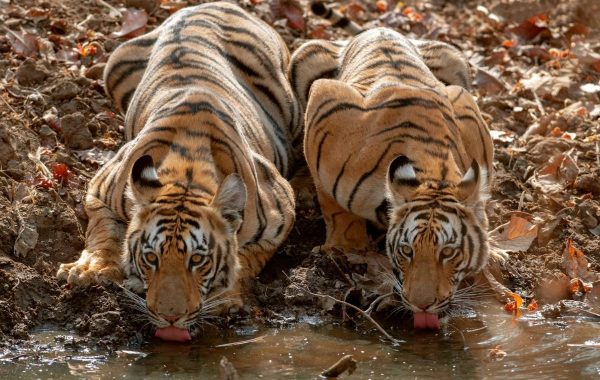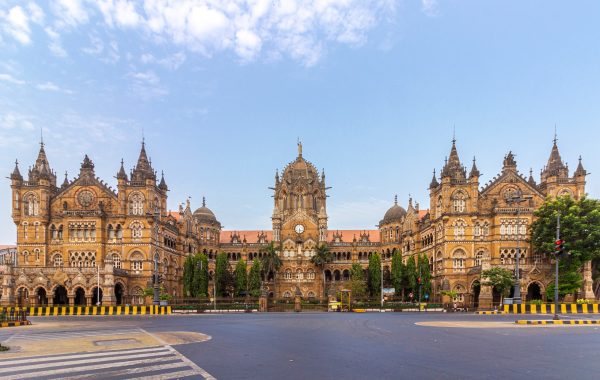PHOTO CREDIT: MELINDA SUE GORDON/UNIVERSAL PICTURES
Christopher Nolan’s blockbuster picked up seven awards at the 96th Academy Awards held in Los Angeles, including Best Picture and Best Actor for Cillian Murphy. With 13 nominations, the film also won Best Supporting Actor for Robert Downey Jr., Best Director for Christopher Nolan, and Oscars in categories such as Film Editing, Cinematography, and Original Score.
The story of Oppenheimer is based on the inventions of J. Robert Oppenheimer who is best known for the invention of the atomic bomb. He worked at secret weapons laboratory based in New Mexico. The film will also showcases Oppenheimer and his team developing an atomic bomb that used a nuclear reaction to cause catastrophic initial damage to a target, as well as lasting effects from radiation that led to illness and death over time.
Oppenheimer Filming Locations
When experiencing “Oppenheimer,” you may sense a vivid immersion into the very locales where pivotal historical events unfolded – and indeed, in certain instances, you truly are. Here’s a glimpse into real-world locations featured in the film, accessible for exploration across United States.
Christopher Nolan’s biographical thriller film, Oppenheimer, was predominantly filmed in Los Alamos, New Mexico. Other filming locations included California, New Jersey, and various sites within New Mexico.
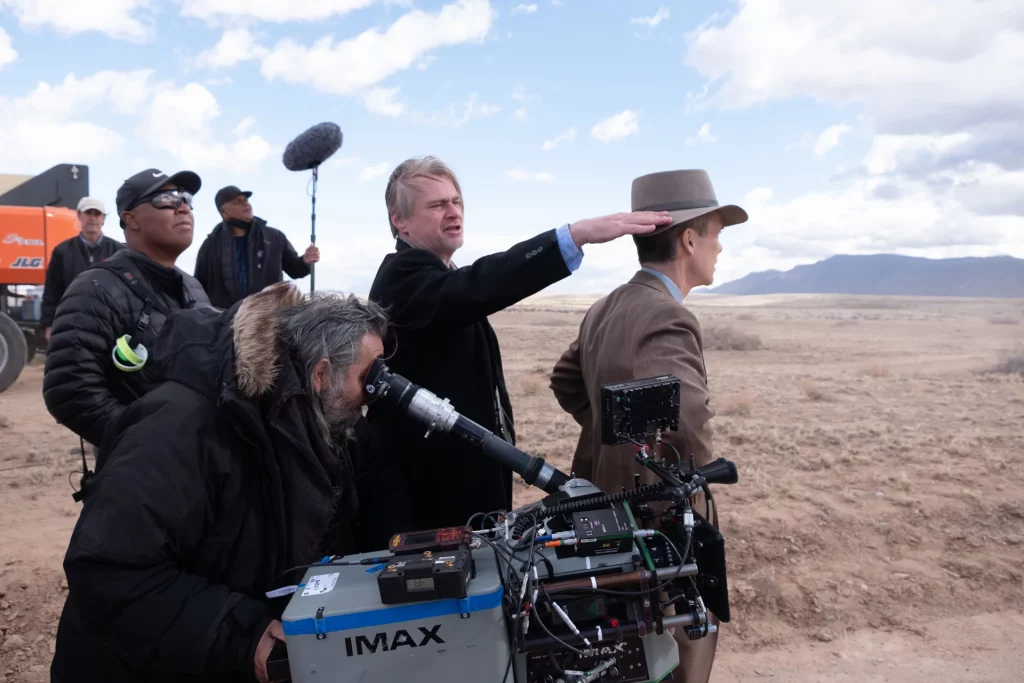
Los Alamos, New Mexico, played a significant role in the film, as it was the town where the atomic bomb was developed and first detonated during the Manhattan Project. A purpose-built 1940s-style town was constructed in Los Alamos for the filming of Oppenheimer’s scenes. Additionally, several authentic Manhattan Project-era locations were used for filming, including the Civilian Women’s Dormitory, the Lamy Train Station, and Fuller Lodge, each offering valuable insights into the tumultuous period of World War II and the ominous shadow of the Cold War. Oppenheimer’s real family home in Los Alamos was also used for filming, where he lived with his family while working on the project.
For a deeper understanding of the Manhattan Project’s intricacies and the individuals involved, a visit to the Manhattan Project National Park is essential. Here, you can unravel the mysteries behind this historic endeavor and follow the paths of the brilliant minds behind it. Additionally, the exhibits at the Los Alamos History Museum promise to immerse you in the atmosphere of yesteryears, providing a vivid glimpse into the past.

The University of California, Berkeley, where Oppenheimer worked as a professor from 1929 to 1943, served as another filming location. The production team meticulously recreated the campus to resemble its 1940s appearance, and filming took place in various locations, such as Oppenheimer’s actual office, the library (with lampposts redesigned to reflect the 1940s), and Edwards Stadium, the university’s football and athletics stadium.
The university provides guided campus tours year-round, with the exception of certain holidays. Led by student ambassadors, these 90-minute walks offer a perfect introduction to the prestigious institution for tourists or prospective applicants alike.
A house in Sierra Madre, California, dating back to 1904, was also utilized for filming. The upstairs bedroom of the house, as well as the living room and half-acre of property land, were used. This house is a designated historical landmark and was recently listed for sale at $3.188 million.
Santa Fe, New Mexico
Just beyond Los Alamos lies Santa Fe, a desert city nestled in New Mexico, chosen by Nolan as the setting for the Trinity Test Site. This historic location, where the world’s first atomic bomb was tested, holds significant importance in American history, and Oppenheimer’s film leaves no detail untouched in its portrayal of the events that unfolded there.

Preferring practical effects over CGI, Nolan sought out the sandy landscapes of the Rocky Mountains in northern New Mexico to serve as the ideal backdrop for the nuclear bomb detonation scene. The dry, arid terrain near Los Alamos was carefully selected by Nolan to reimagine this pivotal moment in the development of nuclear weaponry. However, it’s worth noting that the actual test site is situated in Jornada del Muerto, located in the west-central region of New Mexico.
Explore further around Santa Fe: Filming extended to nearby areas such as Abiquiu, Santa Clarita, and Sierra Madre. While in Santa Fe and Los Alamos, don’t miss out on visiting Bandelier National Monument and the Bradbury Science Museum. Immerse yourself in the rugged beauty of nature at Ashley Pond Park and embark on a tranquil hike along the Jemez Mountain trail. For those craving an adrenaline rush, a visit to Pajarito Mountain, a luxurious ski resort, is a must, while strolling through Santa Fe National Forest offers a serene escape into nature.
Institute for Advanced Study, Princeton, New Jersey: Following World War II, Oppenheimer relocated to the East Coast and assumed the role of director at the Institute for Advanced Study in Princeton, New Jersey. This is the setting where viewers witness Einstein leisurely strolling around and pausing by the lake. While the Institute for Advanced Study operates independently from Princeton University, both campuses served as filming locations, along with various other sites across New Jersey.
University of Cambridge: The authenticity of the Cambridge scenes featured early in “Oppenheimer” remains uncertain regarding whether they were filmed within the colleges at the University of Cambridge. While we witness Oppenheimer hurrying through recognizable cloisters, the fast-paced and crowded nature of most scenes prevents a clear view of the surroundings. However, the establishing shot portraying a majestic chapel alongside a river is indeed King’s College, Cambridge. It’s worth noting that the actual Oppenheimer pursued studies at Christ’s College.
For latest travel news and updates, food and drink journeys, restaurant features, and more, like us on Facebook or follow us on Instagram. Read more on Travel and Food Network





